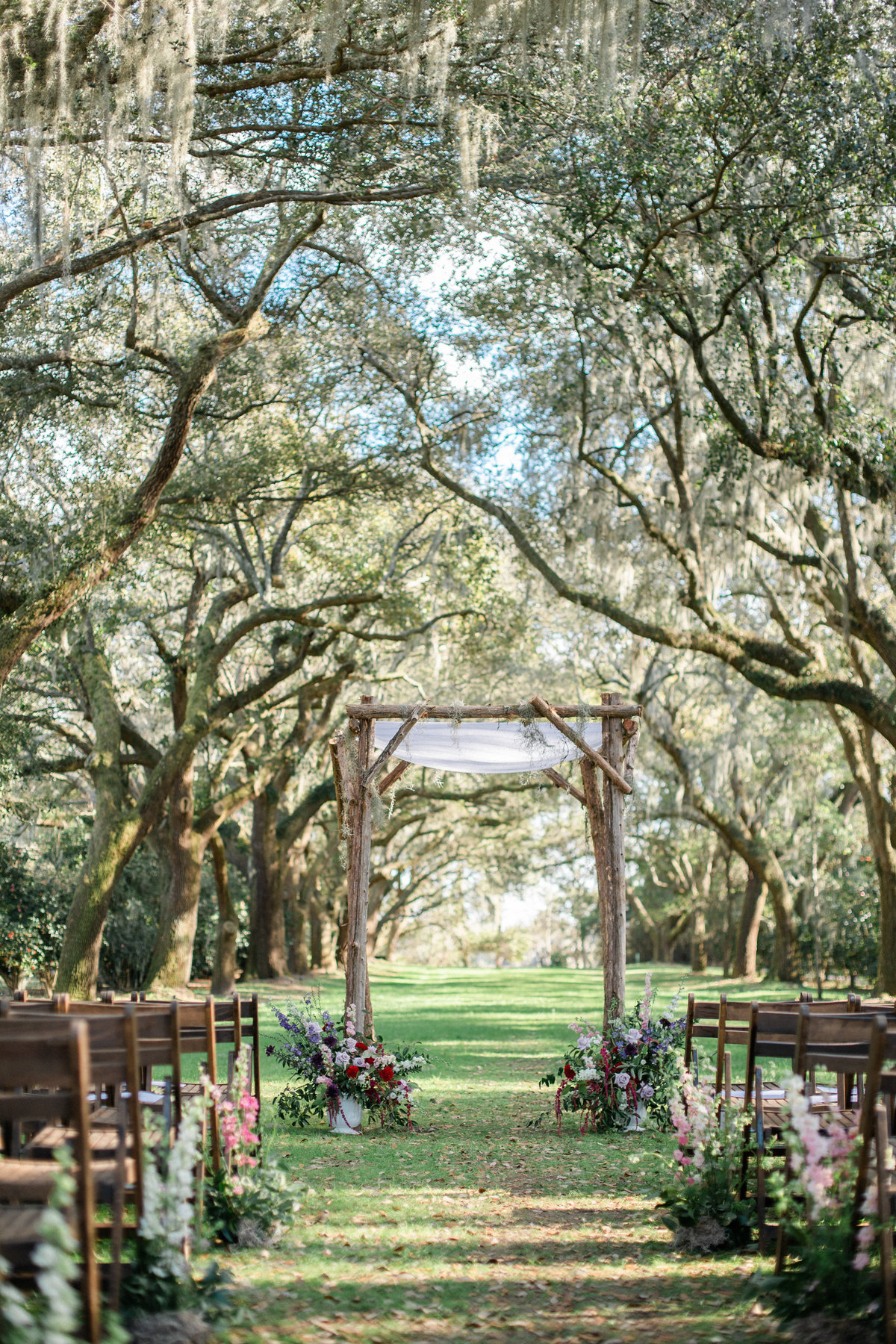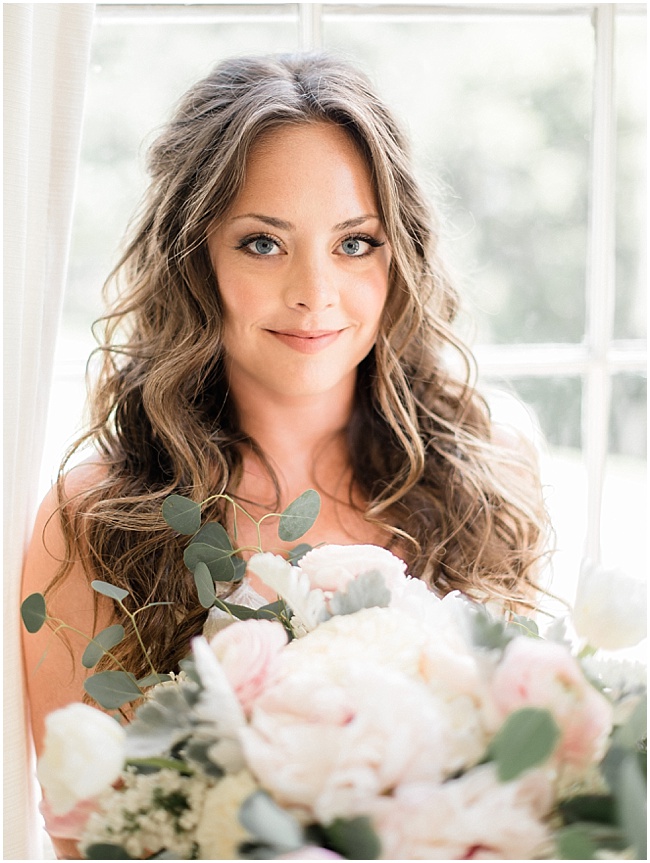Table Of Content

Since then, the home has hosted many of South Carolina’s first families and is currently a popular wedding and event site. This historic home within Charles Towne Landing was once part of Old Town Plantation. Now called the Legare Waring House, the land on which it stands was part of South Carolina’s first permanent settlement, Charles Towne, established by English settlers in 1670. When the English relocated to what is now White Point Garden in downtown Charleston just 10 years later, the abandoned land was granted to James LeSade, who established Old Town Plantation. The Legare Waring House began as a modest overseer's dwelling, constructed in the mid-19th century, when the property was part of Old Town, a sea-island cotton plantation. The exact date of its construction remains unknown, but evidence suggests it was built about 1840.
Legare Waring House Wedding
Charles Towne Landing State Historic Site is located in the West Ashley area of Charleston, South Carolina. This area is the original site of the first permanent English settlement in Carolina in 1670. Charles Towne introduces visitors to the earliest colonial history of Charleston. In the Visitor Center, there are hands-on exhibits, many knowledgeable staff members, an audio tour, and a self-guided history trail. Visitors can tour the Adventure, which is Charleston's only 17th-century replica sailing ship.
Get all the Facts at the Visitor Center Museum
Points of interest are numbered and a corresponding pamphlet explains what you’re seeing. Check out the Animal Forest to see these creatures in their natural habitats as the settlers would have seen them. It’s a quick but detailed view into life in South Carolina’s first settlement.
What is the starting site fee for wedding receptions during peak season?
And attending to any final details surrounded by your closest friends and family. We are a federally-recognized 501(c)(3) nonprofit that works to preserve the history of South Carolina’s historic, natural, and cultural landmarks before they are lost to time. This website serves as a permanent digital archive of over 2,300 South Carolina landmarks – and counting.
Legare Waring House and Gardens

So, check out their website for more information on the estate’s history and the spectacular beauty of a Legare Waring House wedding. A main house was built on the plantation some time during or shortly after the Revolutionary War by Elias Horry, Jr., who owned the land during the late eighteenth century. It then fell into the hands of Jonathan Lucas, and the grand home built by Horry, known as the Horry-Lucas Home, burned some time in the late 1830s. The Legare Waring House has seen its share of owners throughout its storied history. Believed to be built around 1840, the home was passed down from family member to family member for several generations.
When was this home built and last sold?
The wharf is still protected today by a row of cannons on a ridge above the river. For your cocktail hour, your guests can enjoy mingling in the Legare Waring House and taking in the beautiful architecture and decor. It’s a fun way to pique everyone’s curiosity and showcase some of the classic Charleston history that’s so appealing and romantic. Your partner and their party will be perfectly comfortable in the Groom’s Quarters, a two-story wing with a dressing room and a private bathroom.
Request a Visitors Guide
From the 1940s through the 1960s Ferdinanda sold flowers and eggs from the estate. The Warings sold the surrounding property to the state for use as a public park in the 1970s, provided they could continue using the home as their residence. In the 1980s the home was left to the Warings’ daughter, Nancy Stevenson, who was elected the state’s first – and to date only – female Lieutenant Governor in 1979.
And even if you didn’t exchange vows in front of the Wedding Oak, you simply must have a picture standing beside it, representing your steadfast love on the first day of the rest of your lives together. A new house was built shortly afterwards as the plantation’s main home, and the house pictured here was built nearby, likely as the plantation overseer’s home, around 1840. When the main home was burned by Union troops in 1865 during the Civil War, the overseer’s home then became the property’s primary residence. Our weddings here last 5 hours, starting after the park closes to the public and must end by 11pm, with guests exiting the park at this time. Though all receptions occur on the tent-able, fountain patio of the house, the venue affords three ceremony location options and the flexibility of vendor choice, with the necessary license and insurance.
It’s a breathtaking spot for a ceremony and represents the love you and your partner are committing to one another. Weddings here begin with plenty of preparation in the House’s four Bridal Suites, each with a private bathroom. Each suite is decorated with a vintage elegance that will take you back to a simpler era. One suite in particular with Robin’s egg blue walls and cream-colored drapery floods in natural light. Perfect for elegant getting-ready photos of you buttoning the back of your dress.

She’s an expert at planning and budgeting for travel and loves to help others do it, too! The settlers had to test several crops to see what would grow here, and a garden exhibit marks each plant and what the settlers discovered flourished best in this new climate. Pick up a map at the visitor center and follow the paved path around the Charles Town Landing Site.
Jonathan Lucas' primary residence was the "Brick House" in downtown Charleston, and he visited Old Town chiefly for recreation. Lucas died in 1848, and the plantation was put up for sale the following year. After the main house (now the Horry-Lucas ruins) burned during the Civil War, the overseer's dwelling became the primary residence. The property came to the Legare family in 1878, when Julia Thomas Graves gave it to her daughter Katherine Malcomson Graves, wife of Edward T. Legare. The home was built in the 1840s, the modest two-story cottage was a part of Old Towne Plantation. By 1865, after the burning of the plantation’s great house during the Civil War, this structure became the most significant shelter on the property for the beleaguered Parker and Legare families.
The Legare Waring House at Charles Towne Landing State Historic Site, Charleston’s hidden gem, is unique not only for its beauty but also for its rich history. By the 1930’s the house had fallen into great disrepair, and the surrounding property was mostly a tangle of vines and weeds. At that time Ferdi Backer (soon to be Ferdi Waring) made reclaiming Old Town one of her life’s many ambitions. So, beginning in the 1930s, she and her husband, Dr. Joseph I. Waring, undertook a massive redesign project that would continue on for decades.
In November 1670, the colonists were informed that the town in which they were settled was to be known as Charles Towne. Threats of a Spanish invasion made the settlers quick to build fortifications. Historical programs throughout the year provide an interactive look into the past, with guides dressed in colonial period clothing and regularly scheduled cannon firings. A schedule of events is available on the Charles Town Landing’s state park website.
There is plenty of comfy furniture, a TV, and a mini fridge just waiting for them to use while winding up for the big day, keeping everyone entertained and relaxed. The Legare Waring House is fairly secluded on its acreage, making any event held there feel totally private. The house is beautifully decorated with antiques and artwork that feel quintessentially old Charleston—preserving the thoughtfulness and attention to detail of Ferdi’s care. The Legare-Waring House, like many other properties in this region, had an allee of trees that approached the front of the home.

No comments:
Post a Comment